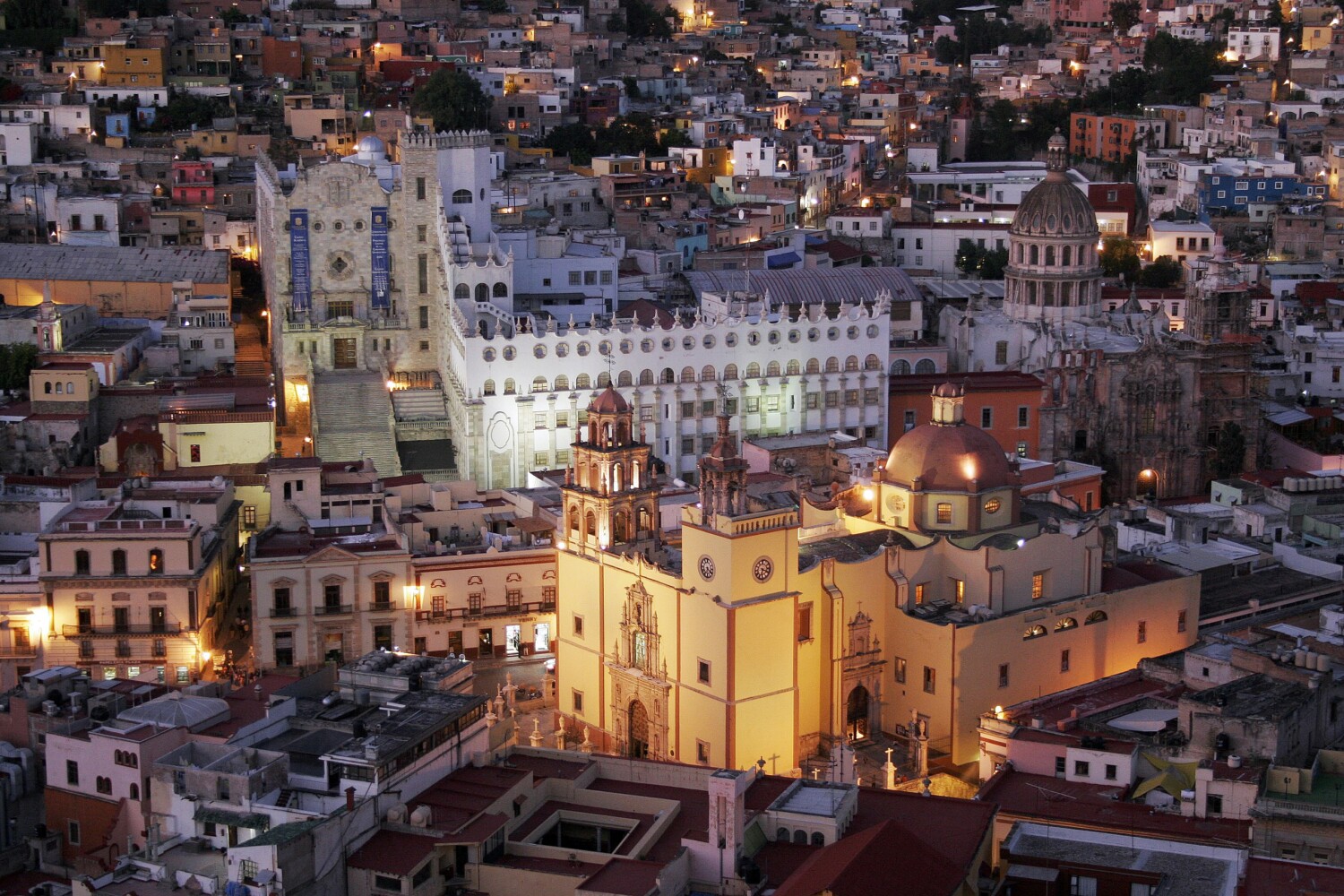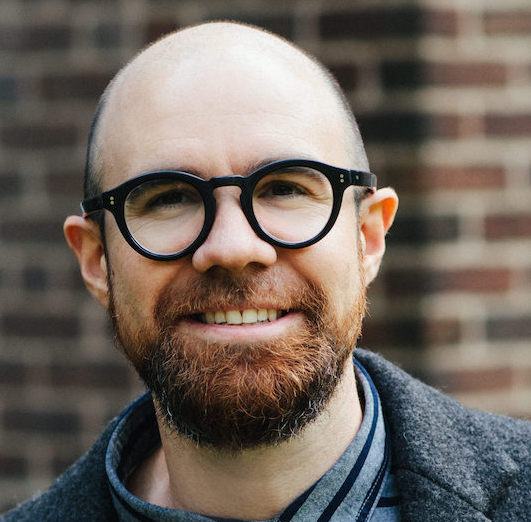In “Outside Music,” his stirring eulogy to his father, Mexico City-based poet and translator Hernán Bravo Varela revisits the music that set the stage for much of his childhood, and for the relationship between father and son. Below, you’ll find a brief guide to some of the music woven throughout the essay, as well as a full playlist compiled by the author.
Murmurs from Another World
In the Bravo Varela household, there was nothing casual about music.
“As he ate breakfast, had a drink with my mother, or watered the garden, [my father]’d play music in the background. And I’d tiptoe down to the living room, hypnotized, longing to decipher these murmurs from another world,” Bravo Varela writes. His father, a lawyer who never aspired to be a musician himself, nonetheless cultivated a relationship to music that was nothing short of spiritual.
His father—whose catholic tastes spanned from classical music to boleros—was especially fond of the music of Agustín Lara, a composer and singer of boleros, rancheras, and more whose songs have been recorded internationally by performers from Caruso to Nat King Cole.

Photo courtesy of the Secretaría de Cultura CDMX
Lara and others, Bravo Varela writers, were not just musical passions but often barometers of his father’s mood. “He muzzled his many demons: I’ve known no other silence so corporeal, so fierce. My mother, brother, and I always knew the storm had passed when he started humming illogical boleros or ridiculous rancheras,” he writes.
There were other popular Mexican performers that had the ear of Bravo Varela’s father, among them, José Alfredo Jimenez, who, like the poet’s father, hails from Guanajuato, a state northwest of Mexico City. Jimenez’s “Caminos de Guanajuato,” an example of the musical genre known as ranchera, which grew out of the Mexican revolution, is an homage to the home state shared by Jimenez and the father of Bravo Varela. Ranchera-style music reached the zenith of its popularity in the 1940s.

Image by Tomas Castelazo, used in accordance with the Creative Commons Attribution-Share Alike 3.0 Unported license.
A Dialogue, a Duet, and Sometimes a Duel
As Bravo Varela came into adolescence, his relationship to his father—and his father’s music—underwent a change. If his father’s eclectic musical taste largely “cured me of my adolescent rebelliousness,” Bravo Varela admits that “if he put on some Brahms, I’d opt for Hans Rott, his less famous and more tragic contemporary.” Austrian composer and organist Rott may not be the household name his contemporary is, but his Symphony No. 1 in E Major garnered plaudits from Gustav Malher and others when he completed it in 1880. Brahms, however, is said to have told Rott outright that his talent was limited. On a train ride later that year, Rott is said to have pointed a pistol at a fellow passenger, claiming Brahms had loaded the train with dynamite. A year later, he was committed to a mental hospital, dying a few years later of tuberculosis.
This adolescent impulse to contest and contradict, however, amounted to something deeper than teenage defiance. By selecting a musical foil to each other his father’s beloved composers, Bravo Varela hoped his father would come to know him better. “In short,” he writes, “I wanted him to admire me for being what he wasn’t.”
This sometimes dialogue, sometimes duel would also give way to moments of musical communion, such as when they this one-sided jousting would transubstantiate into a father-son duet of the “Lágrimas negras,” the lovelorn 1931 bolero by Cuban musician Miguel Matamoros. The tune, which has been recorded by Celia Cruz, Buena Vista Social Club, and many more, can be heard below in a recording by Omara Portuondo.
A Song for Every Season
When Bravo Varela’s father retired at the age of sixty-eight, it was Sinatra, more often than not, who was on his mind. Assailed by a variety of age-related ailments, the elder Bravo Varela would put on “It Was A Very Good Year,” playing it back three or four times throughout the course of dinner, savoring the closing chords.
“’It was a very good year,” he’d say, staring out into the garden,'” the author writes. Below, watch a clip of Sinatra performing the song during a 1965 TV special.
You can listen to the complete playlist, compiled by Bravo Varela for Words Without Borders, below.










